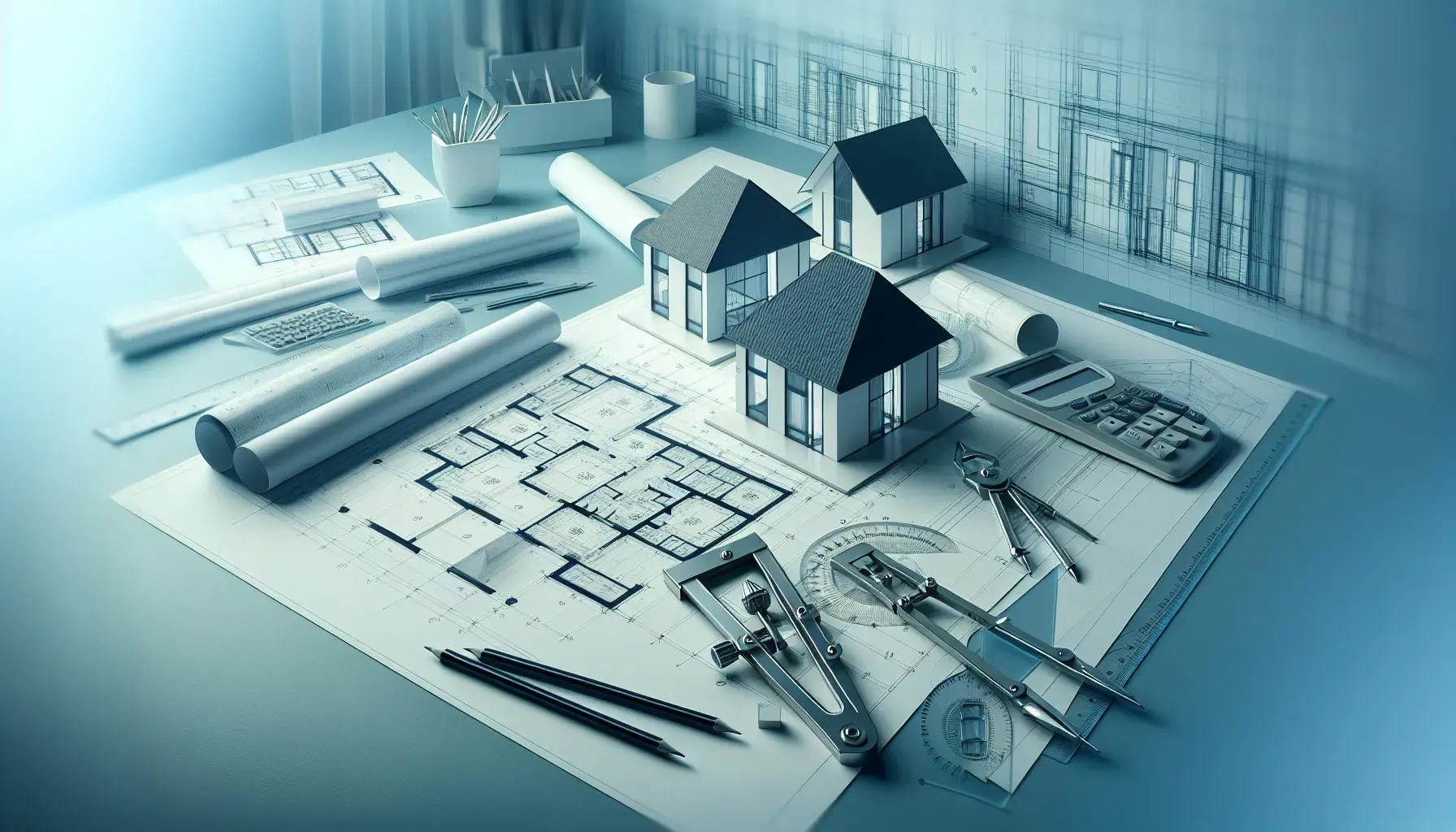Role of An Architect in Building Construction
Architect Today

Delving into the world of architecture, we often marvel at the grandeur of structures and the intricate designs that adorn our cityscapes. However, the role of an architect in building construction goes beyond aesthetics. Architects are the masterminds behind the planning, design, and supervision of construction projects. This blog post aims to shed light on the multifaceted role of an architect in the construction industry.
The Blueprint of Success: Architectural Design
Architects are the visionaries who translate ideas into concrete plans. They meet with clients to understand their needs, preferences, and budget. Following these discussions, architects create detailed blueprints that serve as the roadmap for the construction process.
These blueprints are not mere drawings. They are comprehensive plans that include specifications for materials, techniques, and timelines. Architects also consider environmental factors, local building codes, and safety regulations when designing these plans.
Moreover, architects use advanced software to create 3D models of their designs. These models allow clients to visualize the final product before construction begins. This step is crucial as it helps to identify potential issues and make necessary adjustments early in the process.
The Guardian of Quality: Supervision and Coordination
Architects don't just design buildings; they also play a pivotal role in ensuring the quality of construction. They regularly visit the construction site to oversee the progress and ensure that the work aligns with their design.
During these visits, architects coordinate with various professionals involved in the project. They liaise with engineers, contractors, and construction managers to ensure everyone is on the same page. This coordination is crucial to prevent miscommunication and errors that could derail the project.
Architects also monitor the quality of materials and workmanship. They ensure that the construction team adheres to the specifications outlined in the blueprint. If they identify any deviations or issues, they take immediate action to rectify them.
The Advocate for Sustainability: Green Architecture
In the era of climate change, architects have a significant role in promoting sustainability. They design buildings that are energy-efficient, use sustainable materials, and minimize environmental impact.
Green architecture involves designing buildings that optimize natural light, promote ventilation, and reduce energy consumption. Architects also select materials that are sustainable and have a low environmental impact. They may incorporate features like green roofs, rainwater harvesting systems, and solar panels in their designs.
By promoting green architecture, architects can contribute to the fight against climate change. They can create buildings that are not only beautiful and functional but also sustainable and eco-friendly.
The Problem Solver: Dealing with Challenges
Every construction project comes with its unique set of challenges. Whether it's dealing with a difficult terrain, adhering to strict building codes, or working within a tight budget, architects are problem solvers who find solutions to these issues.
Architects use their creativity and technical knowledge to overcome these challenges. They may modify their designs, explore alternative construction methods, or find innovative ways to use materials. Their goal is to deliver a successful project despite the hurdles they may encounter.
In this role, architects demonstrate their versatility and adaptability. They prove that they are not just designers, but also skilled problem solvers who can handle the complexities of construction projects.
The Communicator: Bridging the Gap between Vision and Reality
Communication is a vital aspect of an architect's role. They act as the bridge between the client's vision and the reality of construction.
Architects communicate the client's requirements to the construction team. They explain the design, the materials to be used, and the desired outcome. They also keep the client informed about the progress of the project, addressing any concerns or questions that may arise.
Good communication skills are essential for architects. They need to articulate their ideas clearly and persuasively. They also need to listen and respond to feedback from clients and the construction team. This two-way communication ensures that the project runs smoothly and meets the client's expectations.
The Lifelong Learner: Keeping Up with Trends and Technology
The field of architecture is constantly evolving. New trends emerge, technologies advance, and building codes change. Architects need to stay abreast of these developments to remain relevant and effective in their role.
Continual learning is a key part of an architect's job. They attend seminars, workshops, and conferences to learn about the latest trends in design and construction. They also learn about new software and technologies that can enhance their work.
By staying updated, architects can provide their clients with the best possible service. They can offer innovative designs, use cutting-edge technologies, and ensure that their projects comply with the latest building codes and regulations.
The Architect: A Mastermind in Building Construction
The role of an architect in building construction is multifaceted and crucial. Architects are not just designers; they are visionaries, coordinators, problem solvers, communicators, and lifelong learners. They play a pivotal role in every stage of the construction process, from the initial design to the final execution. By understanding the architect's role, we can appreciate the skill, creativity, and dedication that goes into creating the buildings that shape our world.